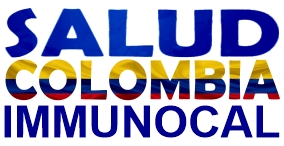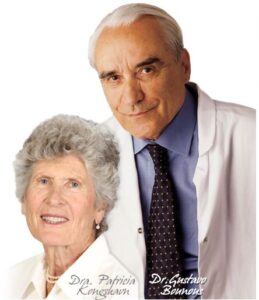represented a separate phoneme, most likely /ʃ/ (transliterated as ś). The early Latin alphabet adopted sigma, but not san, as Old Latin didn’t have a /ʃ/ phoneme. First talked about in 1159, Düsseldorf (“Village on the Düssel,” a small tributary http://datingreport.org of the Rhine) was chartered in 1288 by the depend of Berg and was the capital of the duchies of Berg and Jülich from 1511 until it passed to the Palatinate-Neuberg line in 1609.
Shape
Although the city suffered considerably within the Thirty Years’ War and the War of the Spanish Succession, it revived under the elector palatine Johann Wilhelm II (Jan Wellem). After being the capital of the short-lived Napoleonic grand duchy of Berg (1805–13), the town handed to Prussia in 1815. Rapid business and financial development adopted the establishment of iron and metal industries in the 1870s. After the widespread devastation suffered throughout World War II, most of the city’s previous buildings have been repaired and many new buildings erected. In the nearby Neander Valley is the Feldhofer Cave, the place stays of Neanderthal man were first found in 1856.
However, Strong’s Hebrew and Greek lexicons are still used at present as a reference tool, and Strong’s unique numbering system of Hebrew and Greek phrases has turn into the standard for unique language reference in examine of the Bible. This website duplicates most of the authentic content of Strong’s Concordance with a word search as well as a lexicon search. The identical is mostly true for classical and pre-1900 loanwords, although in this case we find some exceptions which are at least optionally pronounced with /st/, /sp/ (e.g. Stil, Stola).
Smith & wesson mannequin 19
Other reminders of Düsseldorf’s illustrious past include Jägerhof Castle (1752–63), which homes the city historic assortment; Benrath Castle (1755–73), constructed by Nicolas de Pigage; and the stays of the palace of Frederick I (Frederick Barbarossa). In the 1890 version, James Strong added a “Hebrew and Chaldee Dictionary” and a “Greek Dictionary of the New Testament” to his concordance. In the preface to both dictionaries, Strong explains that these are “brief and simple” dictionaries, not meant to switch reference to “a extra copious and elaborate Lexicon.” He mentions Gesenius and Fürst as examples of the lexicons that Strong’s is drawn from. His dictionaries had been meant to provide college students a quick and easy approach to look up phrases and have a general thought of their meaning. Strong’s Exhaustive Concordance of the Bible was constructed by a staff of greater than 100 students under the path of Dr. James Strong (1822–1894) and first published in 1890.
From 1858 till 1861, Strong was both Acting President and Professor of Biblical Literature at Troy University. In 1868 he became Professor of Exegetical Theology at Drew Theological Seminary, where he remained for twenty-seven years. In 1884, he produced the Strong’s Concordance Bible, which is still in print at present. The use of ’s to kind plurals of initialisms or numerals is not currently really helpful by most authorities, except when the which means would in any other case be unclear. The use in foreign phrases was frequent before the 19th century, however is now not accepted.[3] The use of the apostrophe in any other plural (as in “apple’s”) — the so-called “greengrocer’s apostrophe” — is proscribed.
Model 19 variants
Otherwise, pre-consonantal and word-final s is always pronounced /s/. There are, however, a couple of words by which ss could – optionally – be pronounced /z/ (e.g. Fussel, Massel, quasseln, Schussel). The minuscule form ſ, known as the lengthy s, developed in the early medieval period, throughout the Visigothic and Carolingian hands, with predecessors within the half-uncial and cursive scripts of Late Antiquity. It remained standard in western writing all through the medieval period and was adopted in early printing with movable sorts. It existed alongside minuscule «spherical» or «brief» s, which was at the time only used on the finish of words.
Model 68
Dr. Strong was Professor of exegetical theology at Drew Theological Seminary. The Strong’s Concordance is an exhaustive cross-reference of every phrase within the King James Bible cross referened to lexicons of the unique languages of the Bible. The shape of Latin S arises from Greek Σ by dropping one out of the 4 strokes of that letter.
⟨s⟩ represents the unvoiced alveolar or unvoiced dental sibilant /s/ in most languages as well as within the International Phonetic Alphabet. In some English words of French origin, the letter ⟨s⟩ is silent, as in ‘isle’ or ‘particles’. Modern know-how renders Strong’s original concordance obsolete, since a computer can duplicate Strong’s work in a fraction of a second.

